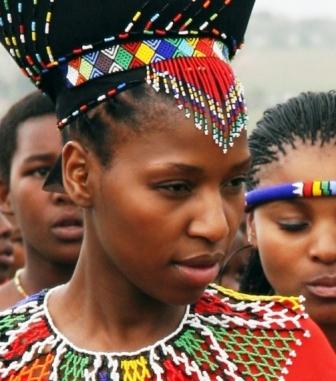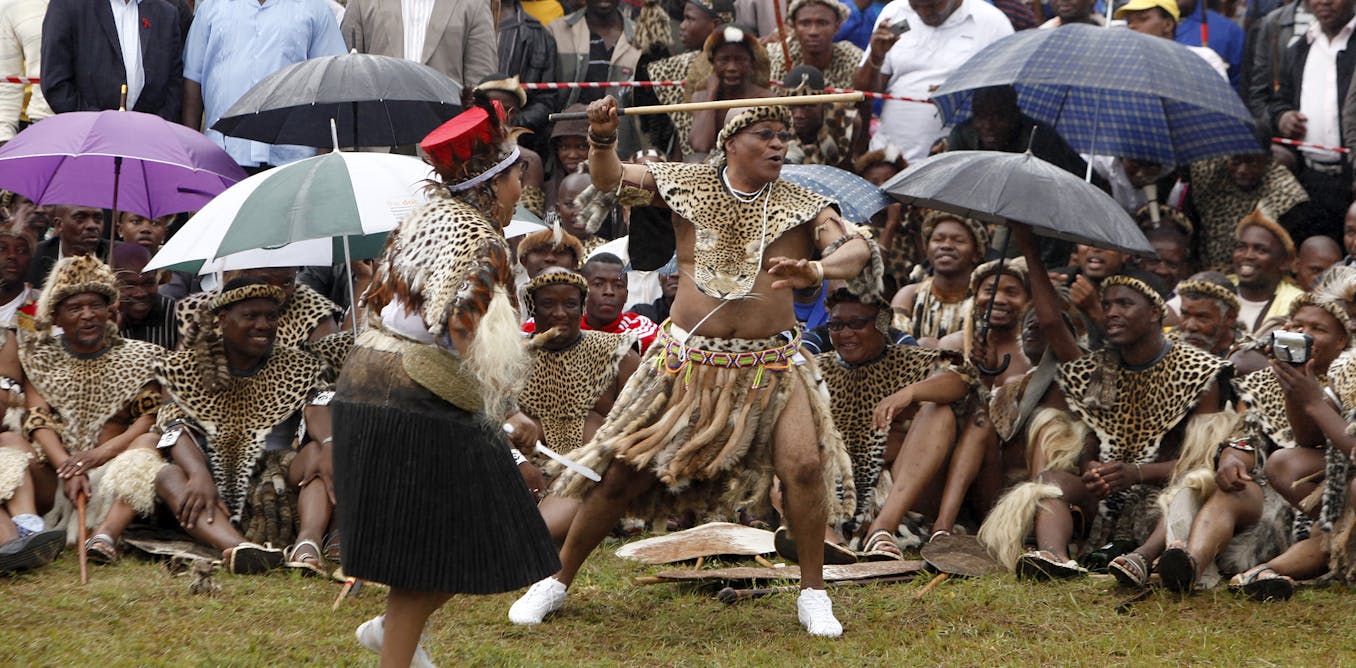The Single Strategy To Use For South African Culture Today
The Single Strategy To Use For South African Culture Today
Blog Article
The 9-Minute Rule for South African Culture Today
Table of ContentsSouth African Culture Today for BeginnersWhat Does South African Culture Today Do?The Ultimate Guide To South African Culture TodayThe Ultimate Guide To South African Culture TodaySouth African Culture Today - The FactsThe South African Culture Today PDFs
A matter of value in Zambian towns is the passing away of loved ones. All members of the town put cash, time and effort together for the interment of the deceased.Music and dance is a very vital aspect of the Zambian society. The numerous tribal devices have their own dance types; nonetheless, makishi is typical among all people.
The Ultimate Guide To South African Culture Today
When it comes to songs, drums are used the most, with a range of drumming ceremonies. In Zambia, bulk of the individuals are Christian; Protestant and Roman Catholic. There are little groups of Muslims and Hindus, with the rest complying with local indigenous tribal beliefs.

South African heritage and culture is exceptionally diverse, and is composed of several groups of individuals who each have their very own traditions and beliefs. Having such a variety of people and societies is what makes South Africa so unique. In the real feeling of the expression, we are a rainbow nation.
Making it the 7th on the listing of countries with the most Portuguese people in it outside of Portugal. Portuguese is not only a culture, yet it is likewise a language and a citizenship. Portuguese individuals originate from the nation of Portugal in Europe, nevertheless, due to Portugal (like several other nations in Europe) discovering the world and conquering various other countries during the 15th 20th centuries, South Africa has what we call Portuguese South African's living in it.
The Only Guide for South African Culture Today
Among the prominent features of the topography is a plateau that covers practically 2 thirds of the center of the nation. The plateau complex rises toward the southeast, where it climaxes in the Drakensberg array, part of a cliff that divides the plateau from the seaside locations. The Drakensburg includes Champagne Castle, the highest possible peak in the country.
The area north of the Witwatersrand, called the bushveld, slopes downward from east to west towards the Limpopo River, which forms the international border. The western area of the plateau, the middleveld, also descends towards the west and differs in altitude in between the highveld and bushveld. Between the Drakensburg and the eastern and southerly shoreline, the land comes down to the sea.
Nearer the shore there is a low-lying plain called the eastern lowveld. Southwest of the plateau the country ends up being considerably a lot more dry, paving the way to the stony desert of the Great Karroo, approached the east by the reduced, much better watered plateau of the Little Karroo. Separating the dry southern interior from the sandy coastal of the southerly shore and West Cape is an additional range, the Langeberg.
4 Easy Facts About South African Culture Today Described
The country's racially, ethnically, and politically split history has actually generated national and subnational icons that still work as icons of the nation, and others icons that are accepted just by certain groups. The monuments to white settler occupation and political supremacy, such as the Afrikaner Voortrekker ("pioneer") Monolith in Pretoria and the Rhodes Monolith recognizing the British colonial realm building contractor and Cape prime minister Cecil Rhodes, continue to be sectarian symbols.
The very first modern-day occupants were the San ("bushman") hunter-gatherers and the Khoi ("Hottentot") peoples, who herded livestock (South African culture today). The San might have been existing her comment is here for hundreds of years and left evidence of their visibility in countless ancient cave paintings ("rock art"). Bantu-speaking clans that were the ancestors of the Nguni (today's amaZulu, amaXhosa, amaSwazi, and vaTsonga individuals) and Tswana-Sotho language teams (today's Batswana and Southern and Northern Basotho) migrated below eastern Africa as very early as the fifteenth century

Both previous republics of the Orange Free State and Transvaal (South African Republic) were established by Afrikaner inhabitants that defeated and dispossessed the Basotho and Batswana. Lesotho would certainly have been by force integrated right into the Orange Free State without the expansion of British protection in 1869. The ultimate unification of the nation arised from the South African Battle (18991902) in between the British and both Afrikaner republics, which reduced the country to mess up at the start of the twentieth century.
Afrikaners traditionally considered themselves the just true South Africans and, while approving complete citizenship to all residents of European descent, rejected that standing official site to people of shade till the democratic transition of 1994. British South Africans retain a feeling of cultural and social connection to Great Britain without compromising their identification as South Africans.
Little Known Questions About South African Culture Today.
The diversity and fragmentation within ethnic groupings and the equilibrium of stress in between those teams throughout the twentieth century avoided interethnic civil problem. While intergroup stress over resources, privileges, and political supremacy remain, those disputes are as most likely to pit Zulu versus Zulu as Zulu versus Xhosa or African versus Afrikaner.
From colonial India, British vendors and administrators brought the bent metal decorative roofs and slim lace job pillars that still exemplify the verandas of homes in communities and cities throughout the country. Houses of prayer contribute an important architectural facet also in the tiniest communities. Along with the rising steeples and timeless stonework of Afrikaans Dutch Reformed churches, Anglican churches, synagogues, mosques, and Hindu temples offer variety to the religious architectural scene.

Slaughtering and the brewing of standard grain beer are important in securing the find more info engagement and goodwill of the ancestors that are thought about the guardians of great ton of money, success, and health. Indian areas keep their indigenous cooking traditions and use them on Islamic and Hindu routine and ritualistic celebrations. Afrikaners and Coloured individuals collect at weekends and special events at multifamily barbecues called braais, where area bonds are strengthened.
Due to the fact that this was the key economic venture of both black Africans and white homesteaders, conflict between those teams focused on the property of grazing land and animals. In 1867, the largest ruby down payments on the planet were discovered at Kimberley in the west central location. The wealth from those areas aided fund the exploitation of the best gold reef worldwide, which was found on the Witwatersrand in 1886.
10 Easy Facts About South African Culture Today Described
This caused misconceptions and purposeful misstatement in the ventures of white settlers and federal government officials with African chiefs throughout the colonial duration (South African culture today). In the establishment of African books, some elements of communal and mainly "tribal depend on" land period were maintained, and even in white rural areas, forms of communal period were still practiced in locations with African communities
After the democratic change of 1994, programs for land restitution, redistribution, and reform were instituted, but progression has been slow-moving. The white minority still manages eighty percent of the land. Following agricultural land intrusions in Zimbabwe, the Department of Land Matters has vowed to speed land redistribution.
Report this page